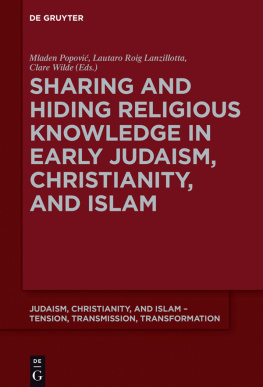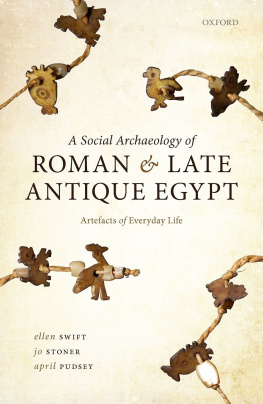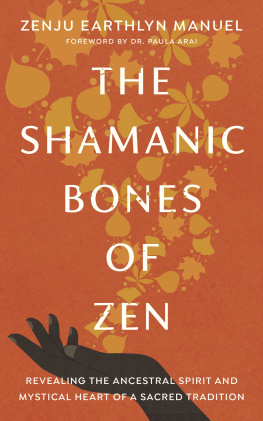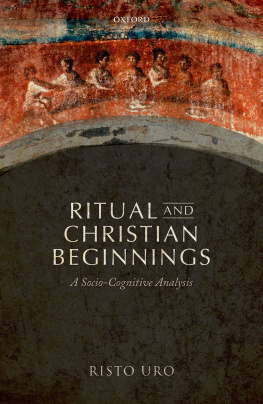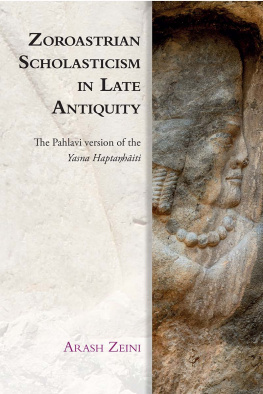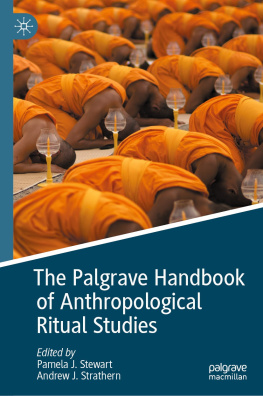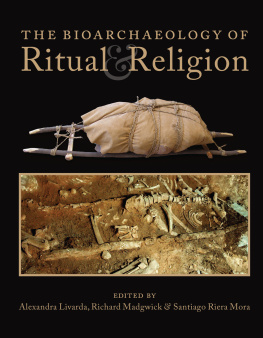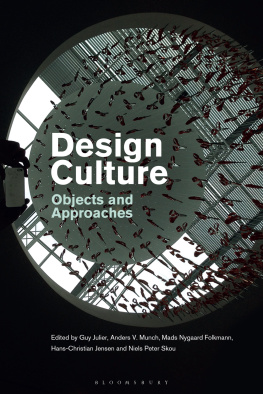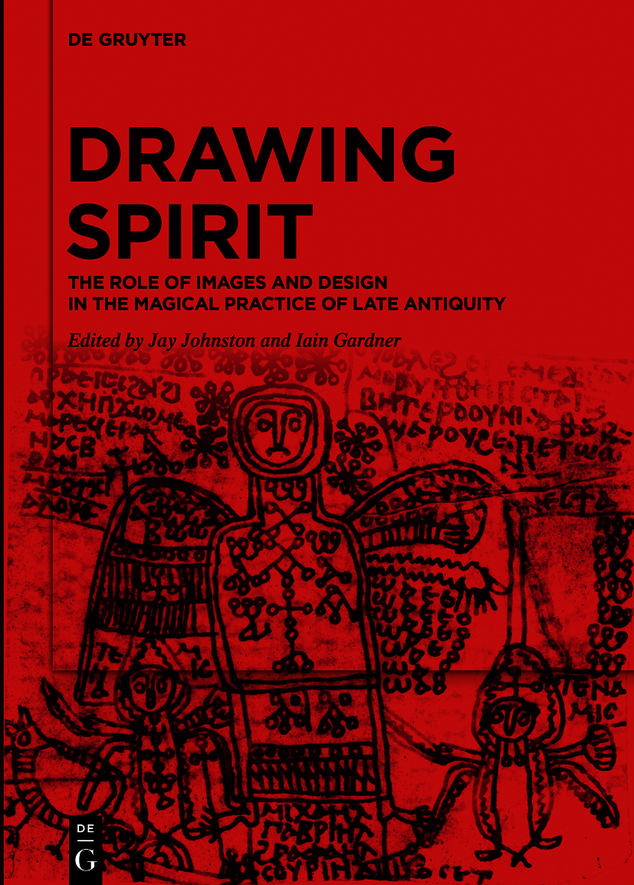ISBN 9783110477283
e-ISBN (PDF) 9783110479201
e-ISBN (EPUB) 9783110477368
Bibliographic information published by the Deutsche Nationalbibliothek
The Deutsche Nationalbibliothek lists this publication in the Deutsche Nationalbibliografie; detailed bibliographic data are available on the Internet at http://dnb.dnb.de.
2023 Walter de Gruyter GmbH, Berlin/Boston
Abbreviations
Ancient papyri and similar are referred to as in the Checklist of Editions of Greek, Latin, Demotic, and Coptic Papyri, Ostraca, and Tablets, founding editors J.F. Oates and W.H. Willis, (updated at http://papyri.info/docs/checklist).
ACM
Meyer, Marvin, and Richard Smith. 1994. Ancient Christian Magic: Coptic Texts of Ritual Power. Princeton: Princeton University Press.
CC
Clavis Coptica identifier, for which see PAThs team, Sapienza Universit di Roma. PAThs Manuscripts. http://paths.uniroma1.it/atlas/manuscripts.
CD
Crum, W.E. 1939. A Coptic Dictionary. Oxford: Clarendon Press.
Coptic Dictionary Online
Koptische/Coptic Electronic Language and Literature International Alliance (KELLIA). Coptic Dictionary Online. https://coptic-dictionary.org/
DT
Audollent, Auguste. 1904. Defixionum Tabellae quotquot innotuerunt tam in Graecis Orientis quam in totius Occidentis partibus praeter Atticas in Corpore Inscriptionum Atticarum editas collegit, digessit commentario instrusci. Paris: Fontemoing, 1904.
NHL
Nag Hammadi Library codex number.
PAThs Ms
PAThs team, Sapienza Universit di Roma. PAThs Manuscripts. http://paths.uniroma1.it/atlas/manuscripts.
PG
Migne, Jacques Paul. 18571866. Patrologiae Cursus Completus, Series Graeca. 161 vols. Paris: Imprimerie Catholique.
PL
Migne, Jacques Paul. 18411855. Patrologiae Cursus Completus, Series Latina. 217 vols. Paris: Imprimerie Catholique.
PGM
Preisendanz, Karl, and Albert Henrichs. 19731974. Papyri Graecae Magicae: Die Griechischen Zauberpapyri. 2 vols. 2nd ed. Stuttgart: Teubner; and Betz, Hans Dieter. 1992. The Greek Magical Papyri in Translation. Including the Demotic Spells. 2nd ed. ChicagoLondon: University of Chicago Press.
SM
Daniel, Robert W., and Franco Maltomini. 19901992. Supplementum Magicum. 2 vols. Opladen: Westdeutscher Verlag.
Introduction
Jay Johnston
This volume has been many years in the making and many of its arguments, revised readings and propositions have waited patiently for publication. Its foundations were set in 2012 at a time when the role of images and their relations to other aspects of Late Antique magical ritual corpora was substantively underexamined. Now, most certainly, the topic is one of flourishing and active international debate. This introduction will outline the remit of the initial project, briefly discuss the troublesome term magic and prcis this volumes contents. A thoroughly interdisciplinary undertaking, this project and volume was formed by scholars open to wide-ranging debates and the mettle to question long-held conventions in their own fields. As a major outcome from the project The Function of Images in Magical Papyri and Artefacts of Ritual Power from Late Antiquity 20122016, funded by the Australian Research Council many other results are referenced throughout this volumes foundations remain those that were detailed as the projects initial impetus (parts of which have subsequently become de rigueur).
Core to the projects conceptualization in 2011 This was combined with an Esoteric Aesthetics approach (see Chapter 1) which brought to the fore two critical points:
that subjects and objects can be understood to be invisibly ontologically interrelated with one another (as is the case in a variety of worldviews) leading to materiality and figuration itself to be understood as having its own agency or affect;
the scopic regimes employed in utilizing magical papyri could not be assumed to be those that are standard for contemporary scholars. Indeed, the acknowledgement that perceptive skills can be trained (often via ritual practice) and that this development is accompanied with attendant changes in epistemological skill (including the often castigated realm of extra-sensory perception) was understood as crucial to any consideration of the material.
Images could no longer be considered as mere passive illustration to be lightly consumed by the active viewer. They were understood to have an agency and network of ontological relations of their own. As chapter one outlines, the ramifications for scholarship of these points are not easily accommodated. However, at minimum, a more self-reflective acknowledgment of the limitations of dominant contemporary scopic regimes in the interpretation of this material is required. This is not to argue that they have no veracity the contemporary view is in operation throughout this volume but it is to acknowledge that current modes of reading are far from the entire story and to entertain with seriousness expanded forms of vision, perception and ontological relation.
Secondly, at the time of commencement interpretations of magical papyri had privileged the study of the written texts rather than undertaking sustained analysis of the abundant iconography. Indeed, there had been no substantial engagement with questions of the production and function of the artefact as a whole, the role of images and design elements, nor issues such as orality and agency (that situation has definitely changed in the intervening years). Therefore, the projects overarching claim has always been that accurate interpretations of these artefacts and ritual practices cannot be produced without considering both text and image elements as of equal importance for scholarly analysis and as necessarily integrated with one another. Each partakes of the context of its particular vernacular and for heuristic purposes can be analyzed separately; however, for an understanding of the ritual corpora per se these elements must be considered in tandem. This is the overarching frame that guides the analysis and innovative new readings and translations found in this volume.
The project has also been wantonly interdisciplinary drawing together areas of study, especially Late Antique ritual magic, western esotericism, art history and visual culture, and the philosophical areas of aesthetics, ontology and epistemology. At the time of the projects formation the field of western esotericism (considered as a subfield of religious studies) had yet to engage substantively with issues of the image or ancient magic; having the focus of its disciplinary origins in the Renaissance and modern occult traditions. Moving these images from being almost invisible to scholarly sight, as well as taking seriously the worldviews drawn from esoteric hermeneutics that accord, for example, an ontologizing of matter and image/design, was the basic platform of the project.
Accompanying this interdisciplinary remit was the aspiration to trouble disciplinary boundaries, which, for example, siloed material based on perceived religious affiliation or on linguistic grounds. The intention was to build on Eva R. Hoffmans call for the critical effacement of such boundaries in Remapping the Art of the Mediterranean. The accretion and cross-cultural utility of visual, design and textual elements is in evidence in the analysis made here.
The consideration of each of these elements can be considered in alignment with an Aesthetics of Religion approach. This is a field that has emerged strongly, particularly in northern Europe over the last decade. It is concerned with how religions construct, deploy, discipline, value and inhibit the senses and the resulting aesthetic relations. Such a perspective considers the relation to image in ritual practice not to be purely oracular, but an embodied perceptual relation utilizing a range of senses and epistemologies (including the imaginal); inherently based in metaphysical worldviews.



